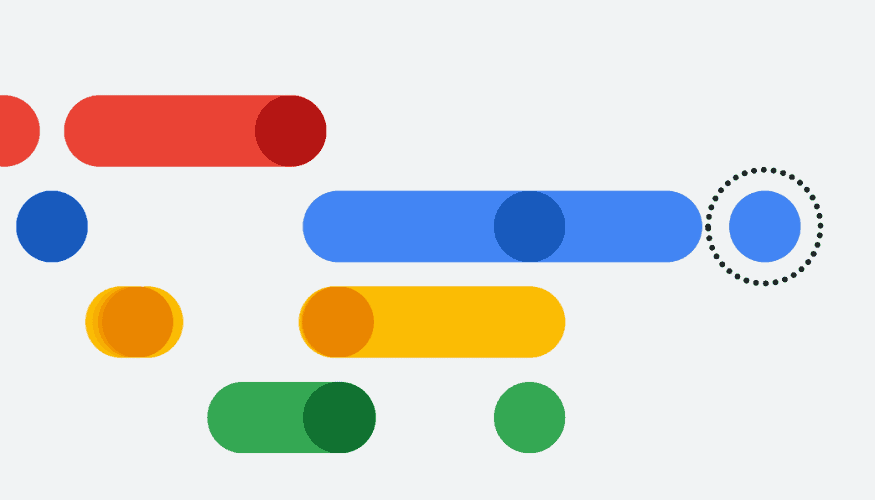
Exploring Google's Secure AI Framework: Protecting Against AI Threats
By Adedayo Oyetoke, Published on: June 8th 2023 3 min, 475 word Views: 1153
In recent years, the adoption of generative AI has gained significant momentum, prompting Google to address the growing concern of AI security. To tackle this issue head-on, the tech giant unveiled its Secure AI Framework (SAIF) on June 8, 2023. While it may not be the all-encompassing solution to the existential AI threats Elon Musk often warns us about, SAIF is a crucial step toward immediate and practical security measures.
Let's delve into the core elements of Google's Secure AI Framework:
1. Expanding Existing Security Frameworks: SAIF encourages organizations to incorporate AI threats into their current security frameworks. This essential step ensures that AI vulnerabilities are not overlooked, minimizing potential risks.
2. AI Defense Integration: By integrating AI into the defense against AI threats, Google aims to establish a proactive stance reminiscent of a nuclear arms race. This element underscores the need to stay one step ahead in the constantly evolving landscape of AI security.
3. The Power of Uniformity: SAIF emphasizes the security benefits of uniformity in AI-related control frameworks. Standardizing these frameworks enables organizations to implement robust security measures consistently across their AI applications.
4. Inspecting and Evaluating AI Applications: Continual inspection, evaluation, and battle-testing of AI applications are vital to ensure their resilience against attacks. This element emphasizes the importance of identifying vulnerabilities and minimizing exposure to unnecessary risks.
While SAIF initially focuses on reinforcing elementary cybersecurity practices within AI applications, emerging threats in the realm of generative AI have already surfaced. For instance, security researchers have discovered the concept of "prompt injections." This unusual form of AI exploitation involves embedding a malicious command within a block of text, which alters the AI's response when triggered. It's akin to hiding a mind-control spell within teleprompter text, illustrating the peculiar and evolving nature of AI security risks.
Prompt injections represent just one of the new threats Google aims to mitigate through SAIF. Other identified risks include:
- "Stealing the model": Exploiting a translation model to gain unauthorized access to its confidential information.
- "Data poisoning": Sabotaging the training process by injecting intentionally flawed data, compromising the accuracy and integrity of the AI model.
- Extracting confidential information: Constructing prompts that extract sensitive verbatim text initially used to train the AI model.
Google's adoption of the SAIF framework demonstrates its commitment to leading the charge in AI security. Although Google's authority in the field may be questioned by AI rivals like OpenAI, the company's proactive approach sets an example for others to follow. SAIF's adoption as a standard could potentially impact the wider industry, similar to the influence of the National Institute of Standards and Technology's (NIST) cybersecurity framework for critical infrastructure protection.
Ultimately, the release of SAIF signifies Google's dedication to reclaiming its prominence in the AI space. By prioritizing security measures and addressing emerging threats, Google aims to regain its standing and foster a safer environment for the future of AI.
